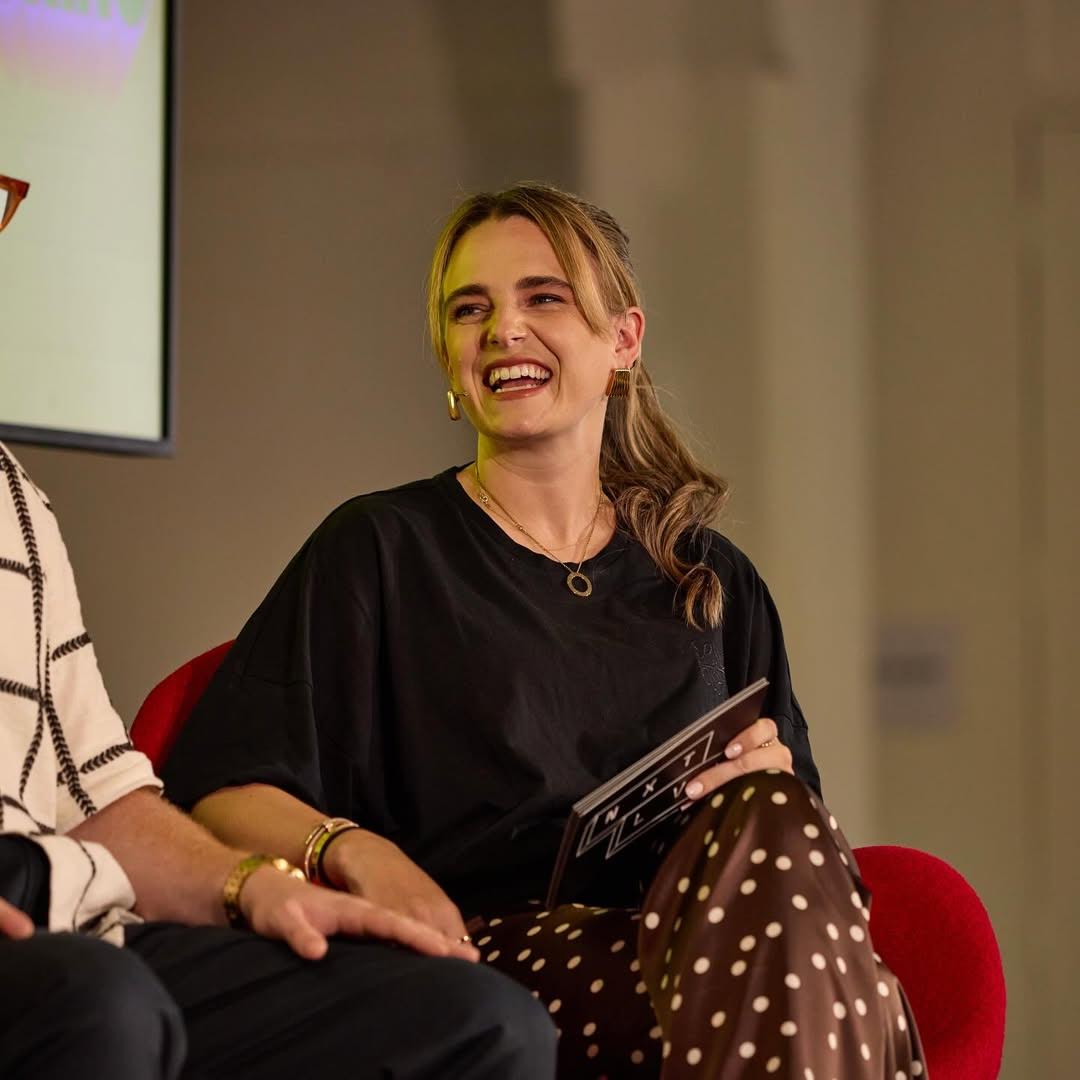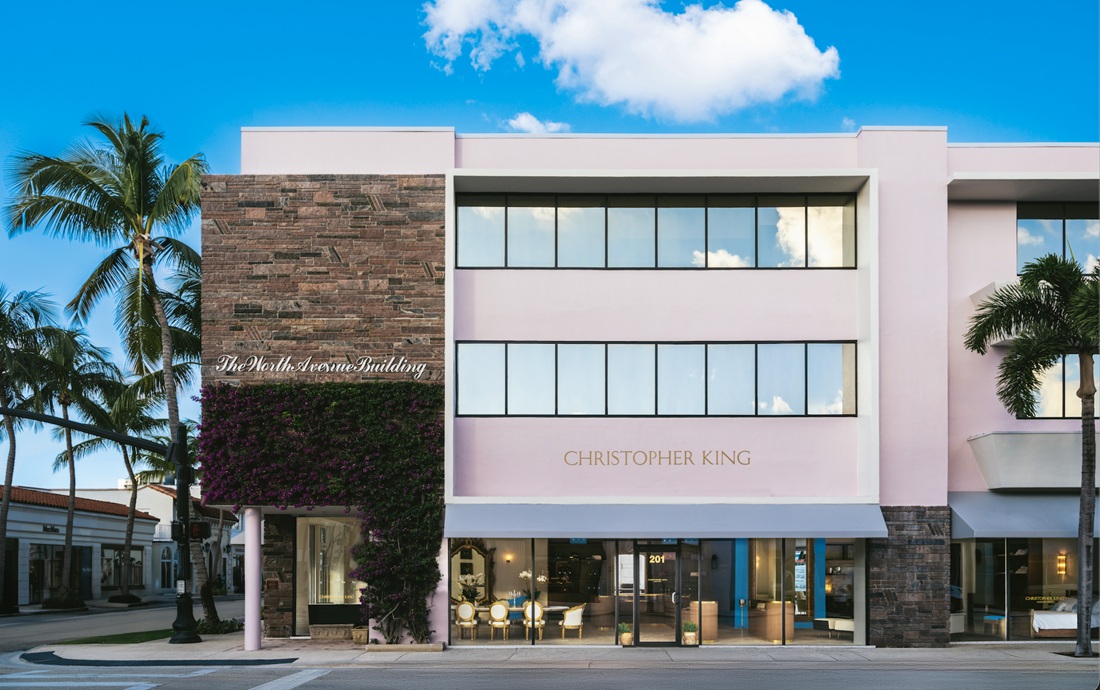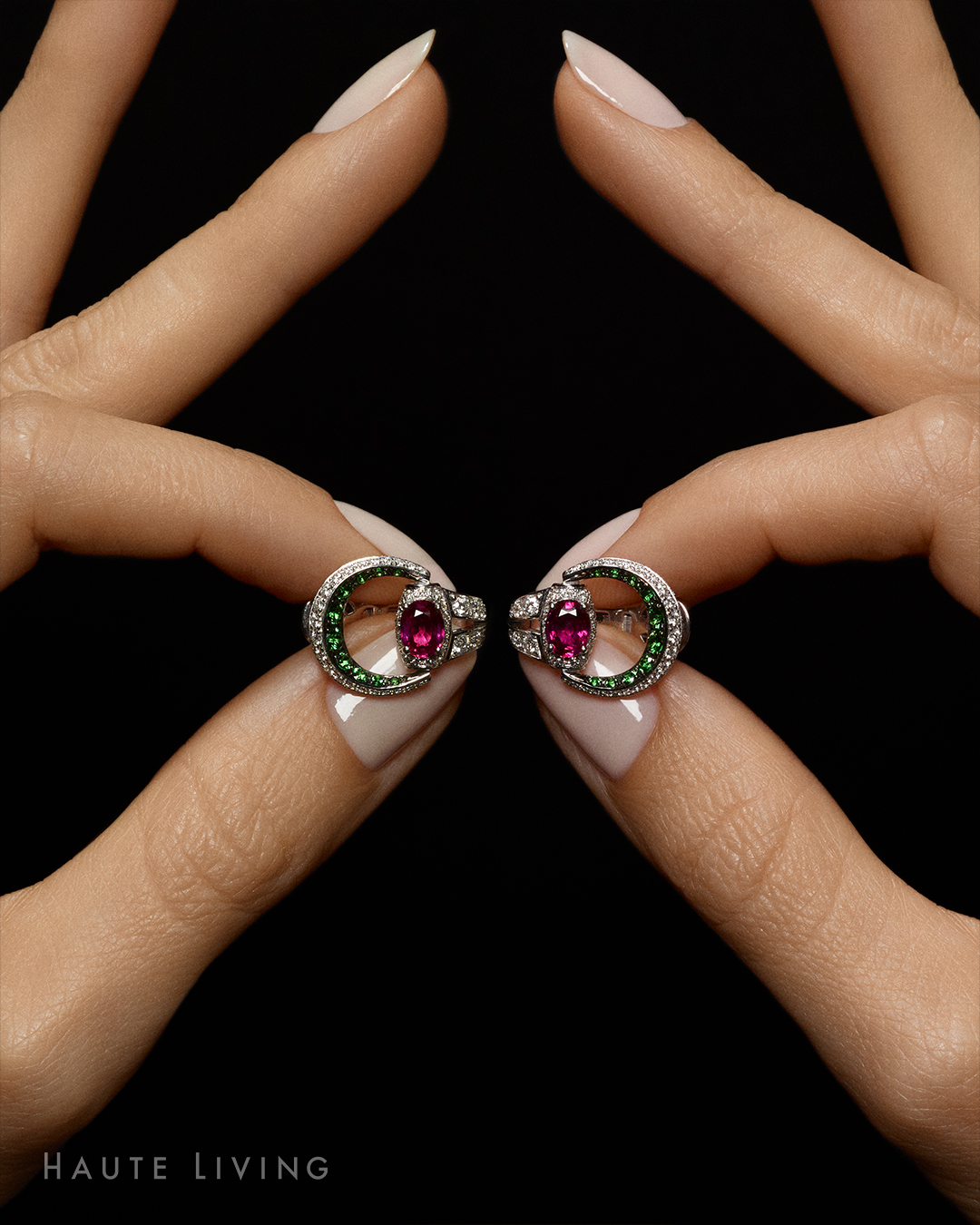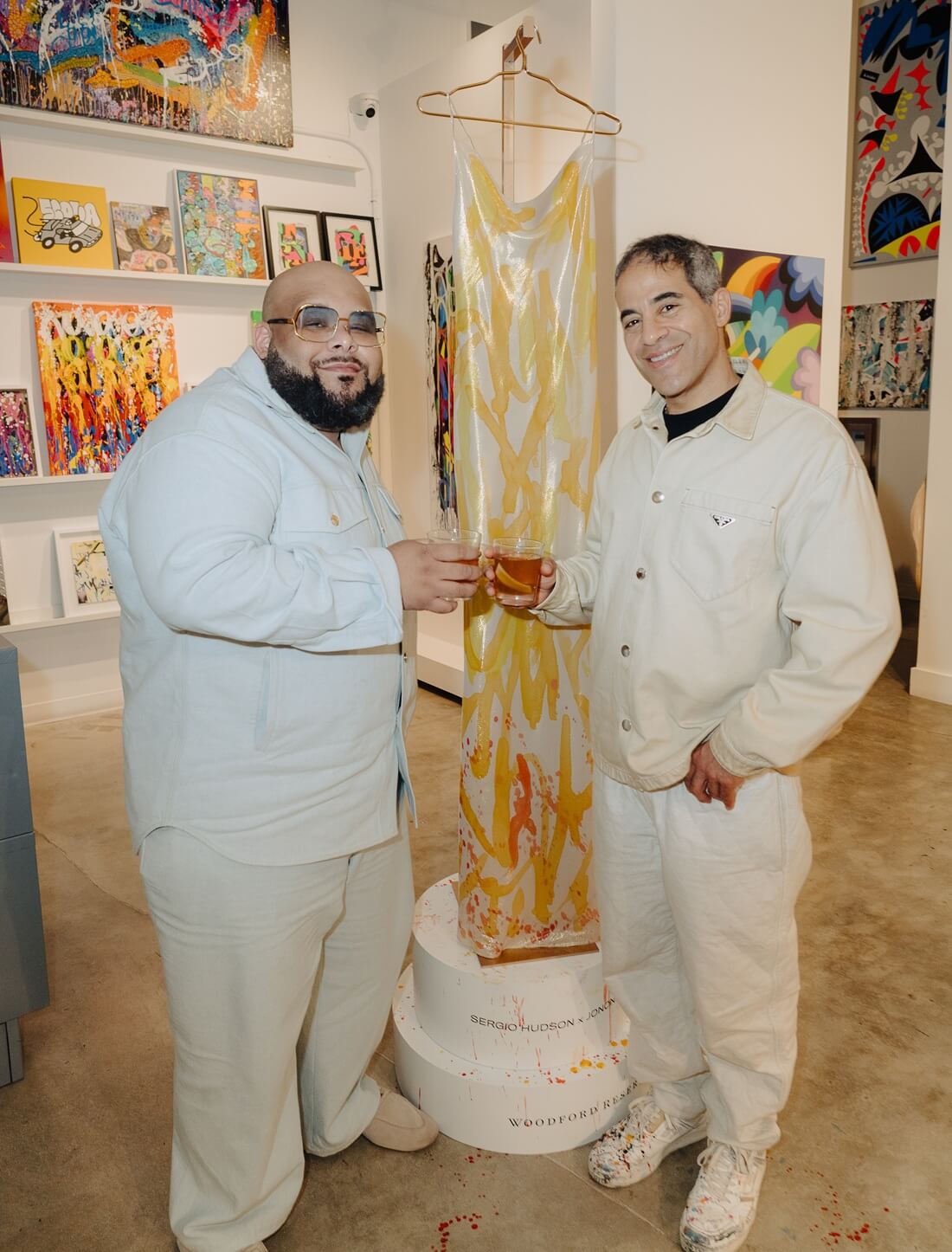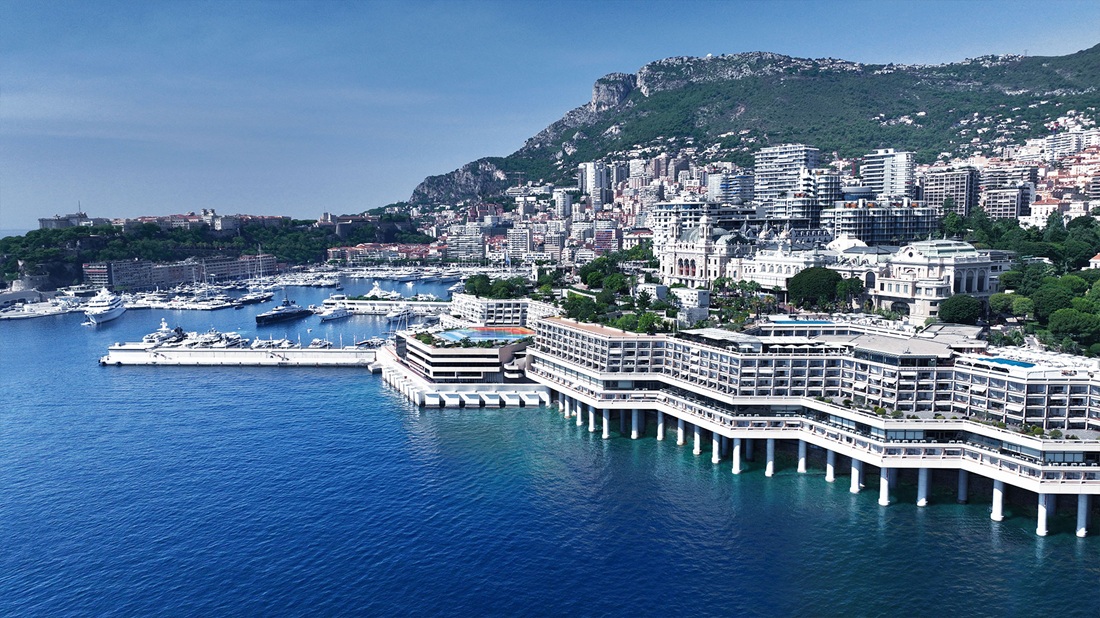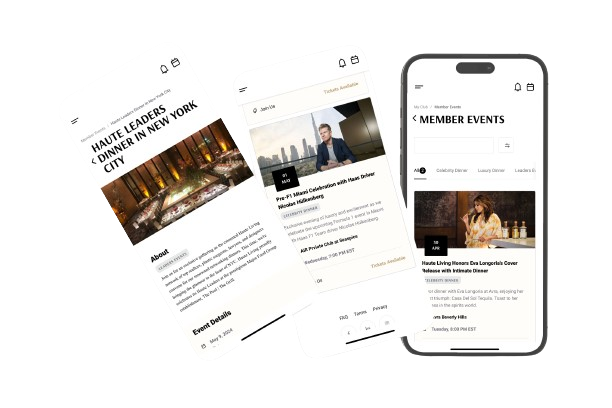Lounge in Design : Top Lounges and Clubs Embrace Design
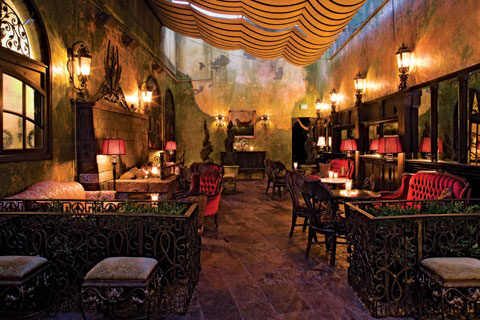
[highlight_text] Johnny Zander and Chris Breed’s salon-influenced Green Door in Los Angeles has the allure of anonymity, marked only by its unsigned green door. [/highlight_text]
The lifespan of lounges and restaurants in the hospitality industry tends to be short-lived-one hot spot eclipses another in a matter of months. But amidst all the dead ducks out there, a few gems manage to keep even the most fickle revelers interested, night after night.
More often than not, it’s the environment that sets a customer’s mood. A cozy chesterfield in lieu of a hard, stainless steel bar stool-stylish or not-calls patrons to return in the same way that an inviting bar, well laid-out dance floor, and romantic alcoves do. Granted, the bar, dance floor and cozy nooks must be complemented by inviting beverages, good music, and provocative lighting, not to mention an attractive crowd mixed with an element of exclusivity. But one begets the other, and in the grand scheme of things, design comes first in determining a venue’s longevity and success.
The new top clubs and lounges across the country have embraced this. Take, for example, New York’s GoldBar. Brought to us by the gentlemen behind MCM Hospitality, GoldBar is a venue that-considering its intimate size and anti-club concept that eschews bottle service for an impressive cocktail menu-was new terrain for the veterans. “It’s a true cocktail bar,” comments co-owner Robert McKinley. “I always say it’s like a hotel bar without the hotel.”
McKinley, who designed the venue, says, “I had always wanted to do a bar that was over the top, tongue in cheek, and quite striking.” And GoldBar is indeed striking, with 2,400 gold skulls embedded in the walls, gold chains to separate the rooms, gold ceilings, and golden tables engraved with Latin sayings. He explains, “All of the cocktail tables are made to look like a stack of Cartier Love Rings with engravings on the inside that [translate] from Italian as, ‘When I think of gold I feel three things…love, love, and love.'” Rocker Lenny Kravitz dedicated an entire song from his new album to his experience at GoldBar, certainly saying something about his love for the venue.
And while design typically refers to the literal design of the space-everything from the bar to the bathrooms-the design of the concept also needs to be fresh if it wants to garner attention. Ivan Kane’s new Los Angeles restaurant/venue Café Wa s breaks new barriers by combining music and food. Kane, who also owns Los Angeles’ burlesque club Forty Deuce, describes the space: “I wanted to create something that wasn’t easily pigeonholed….Café Wa s adds live music to the menu, with a revolving grand piano at the center of the room.” He adds, “If it’s not new and different, why bother? Why bother creating it and why bother going?”
And nightlife industry heavyweights Richie Akiva, Scott Sartiano, Jeffrey Jah, and Ronnie Madra-who hail from hotspots Butter Restaurant, G Spa & Lounge, and The Double Seven in New York-are also playing with a new concept at their latest restaurant and VIP lounge, 1OAK, in New York’s West Chelsea neighborhood. Akiva, who came up with the design concept, was inspired by The Da Vinci Code and creative director Roy Nachum realized this vision by blending natural and surreal elements like embellished gold coding at the entrance, hand-painted murals, black mirrors, and Brazilian woods. What makes the layout especially unique, however, is the stadium seating, rarely found in a restaurant setting.
But while design-savvy elements like stadium seating and revolving pianos might create a draw on one hand, an anachronistic turn-back has been another approach. Johnny Zander and Chris Breed’s salon-influenced Green Door in Los Angeles has the allure of anonymity, marked only by its unsigned green door. Inside, the Belle Epoque-inspired space-with heavy velvet drapes, an ornate chandelier, dark wood fixtures, antique mirrors, and regal couches-evoke an old-world French salon, an environment that might summon Proust to the plush couches with an absinthe in hand.
All things considered, design is a vital element in the success of a venue, coupled, of course, with product, service, and overall execution. And like Kane says of his venues, which he calls destination-driven, “I believe if I build it, they will come.” If only it really were that easy!


